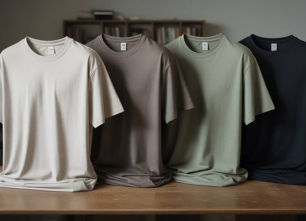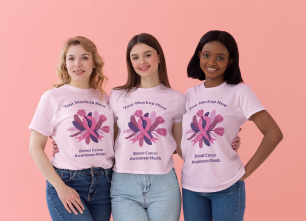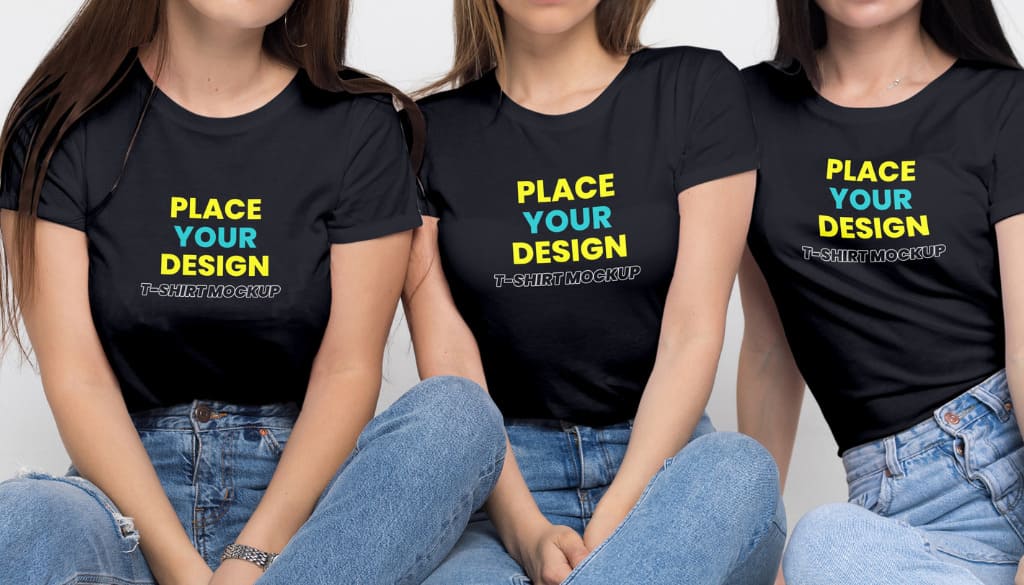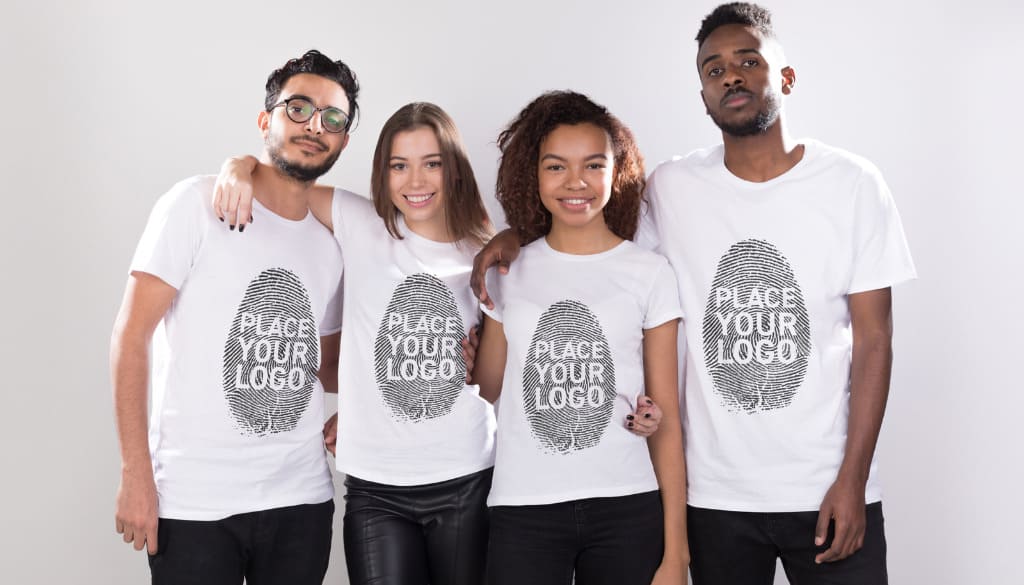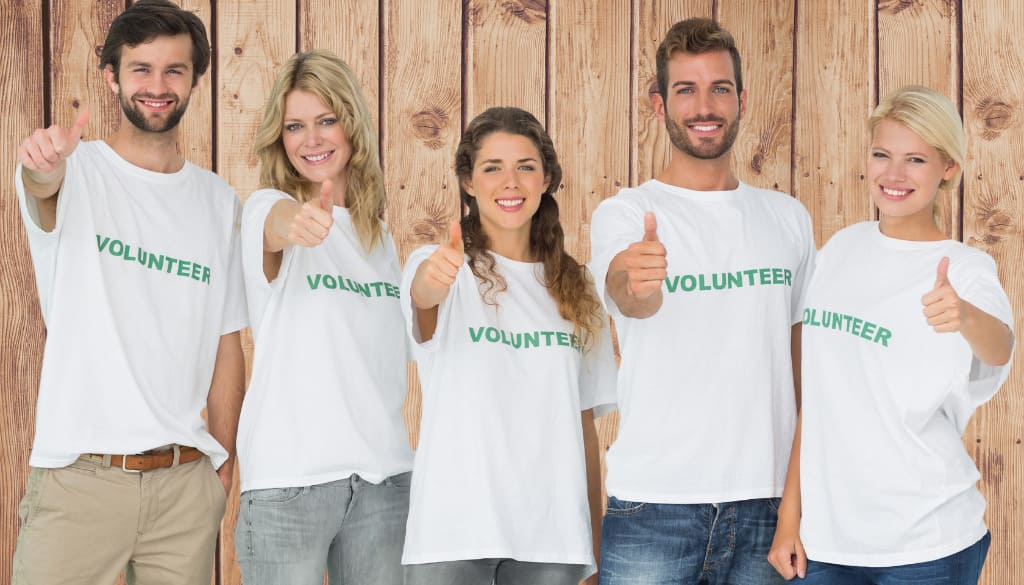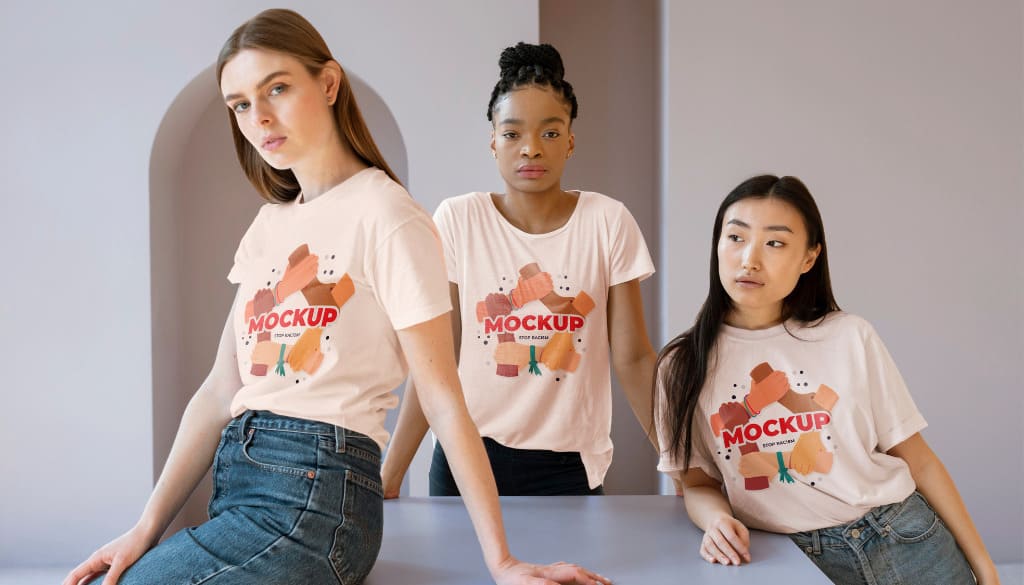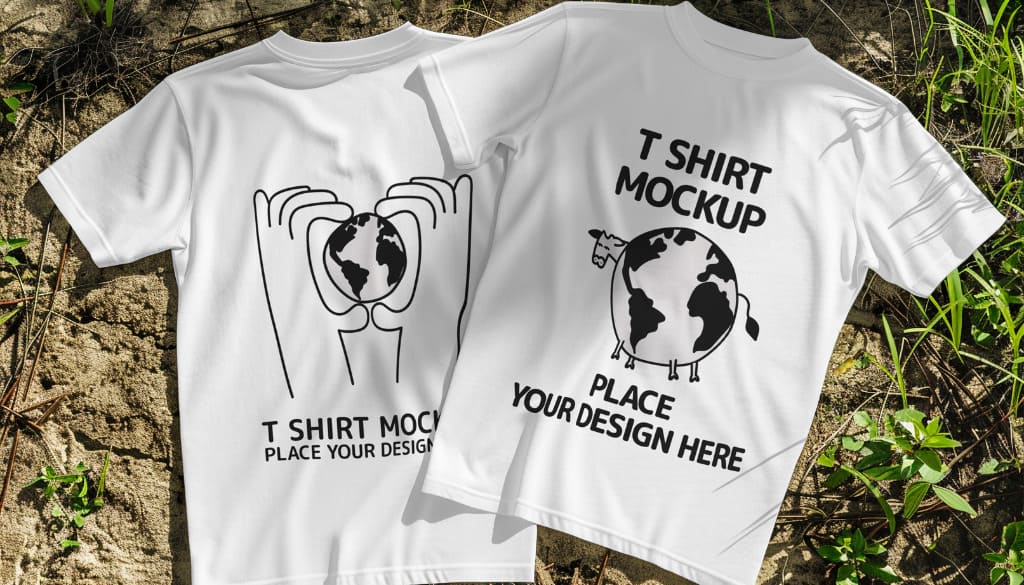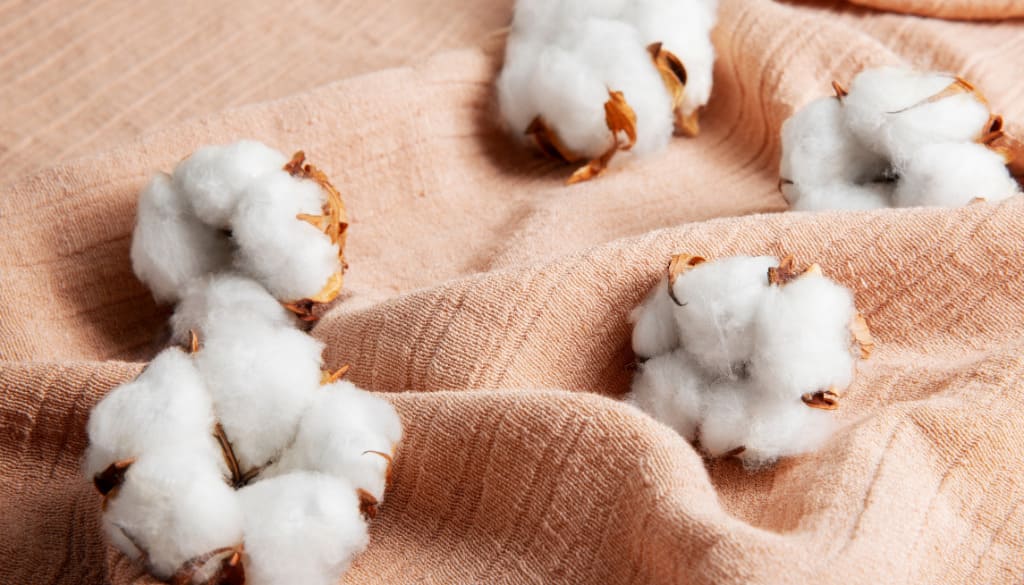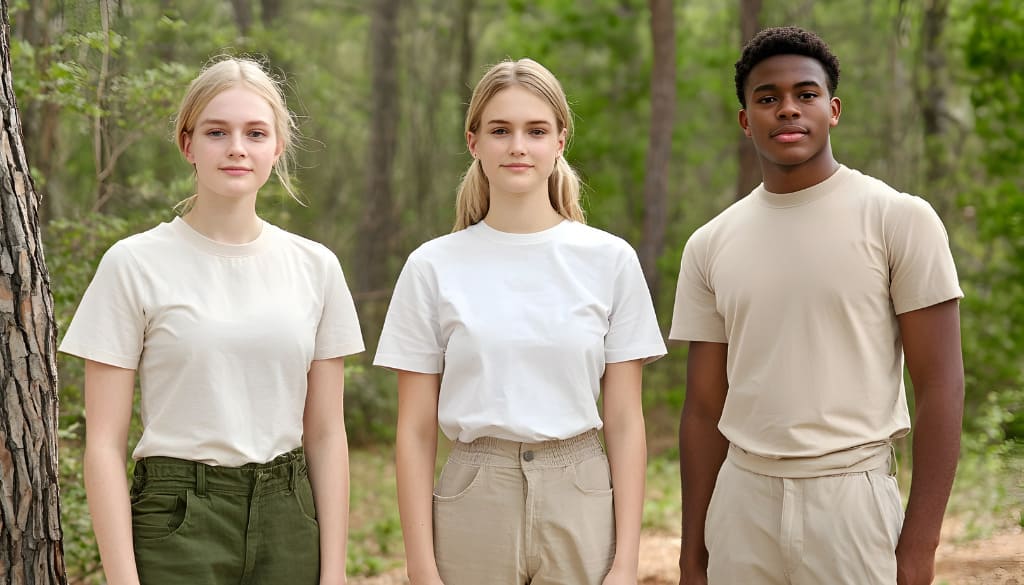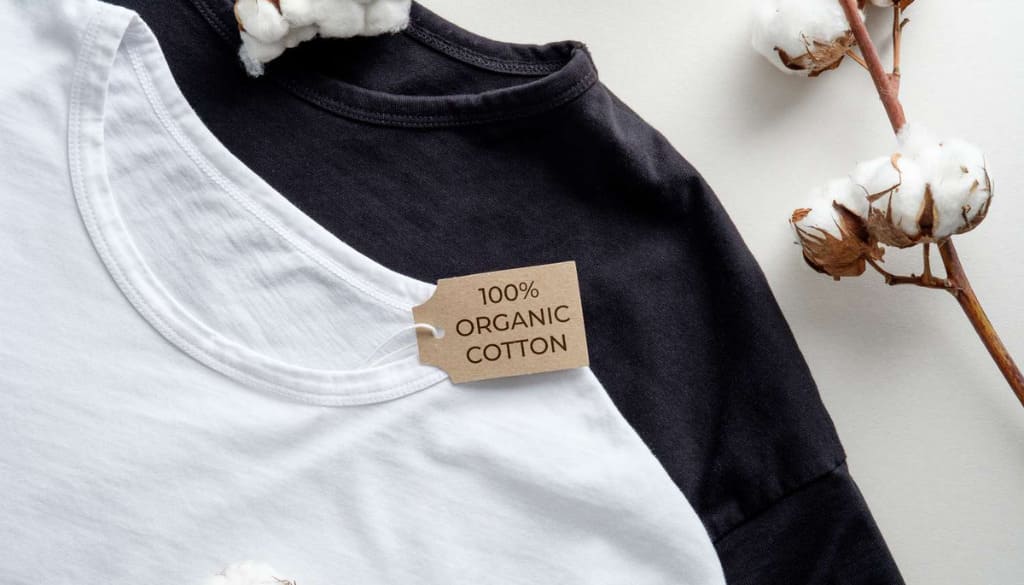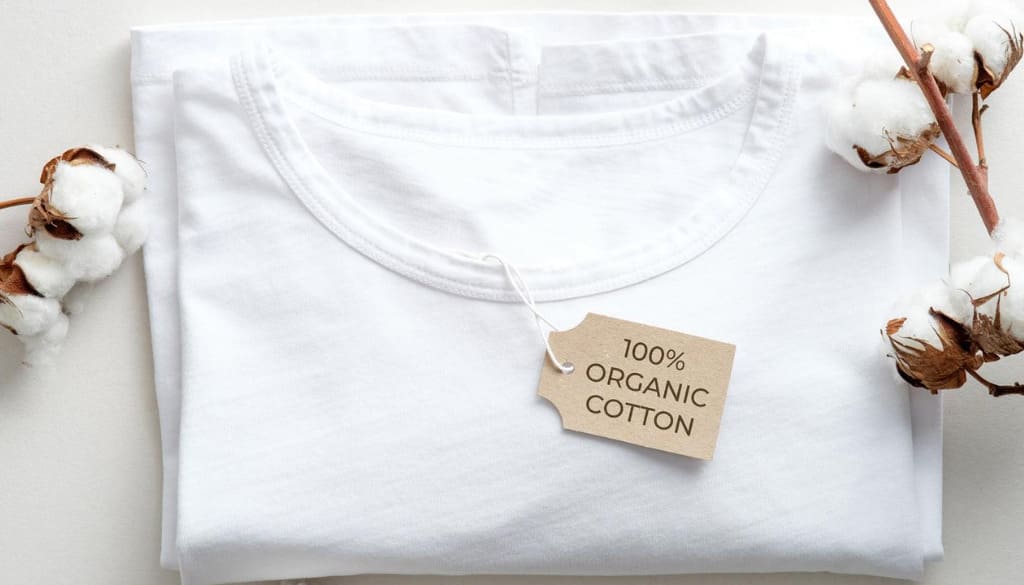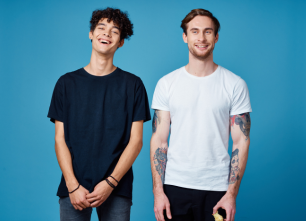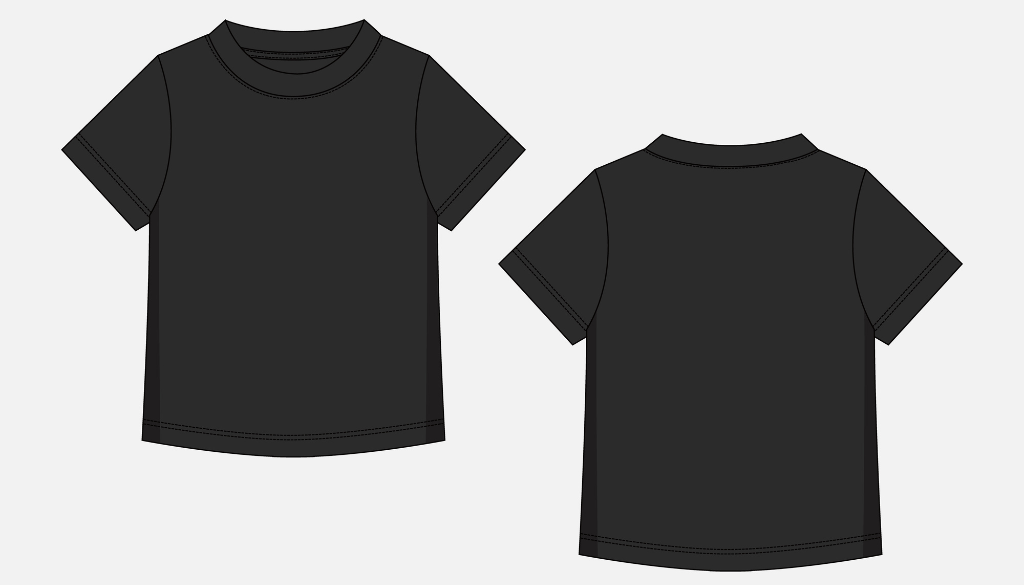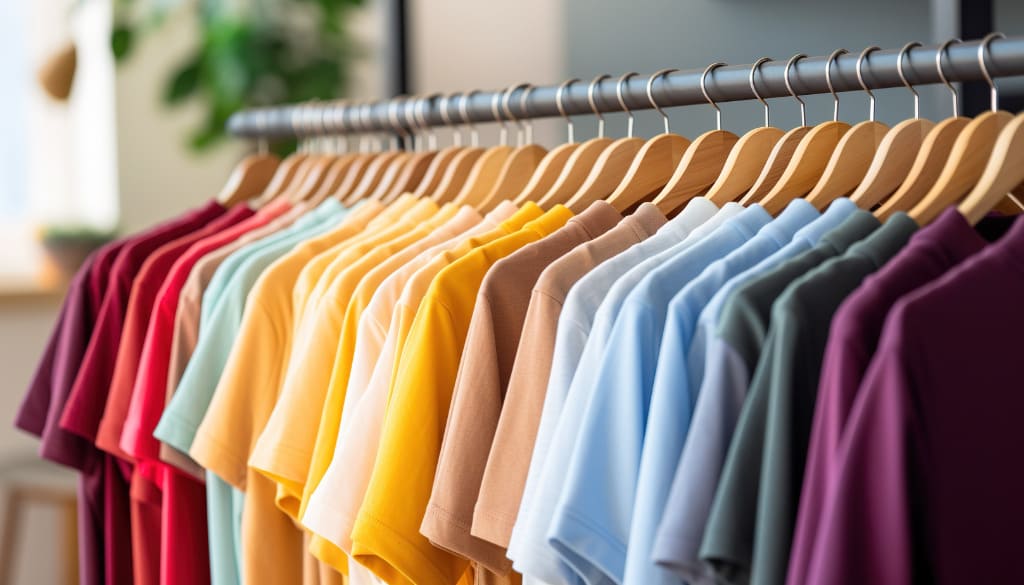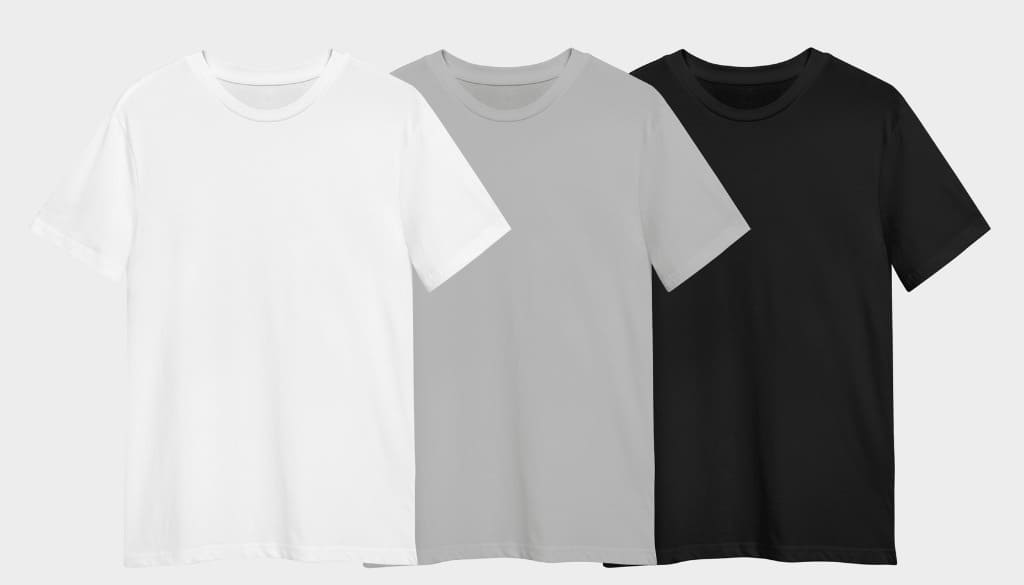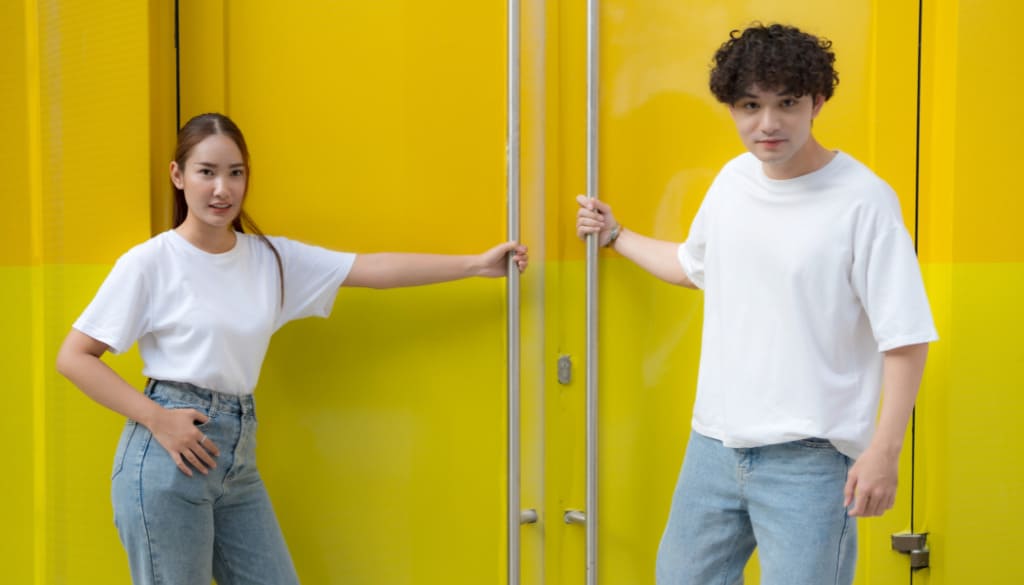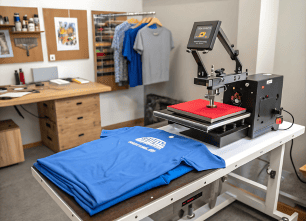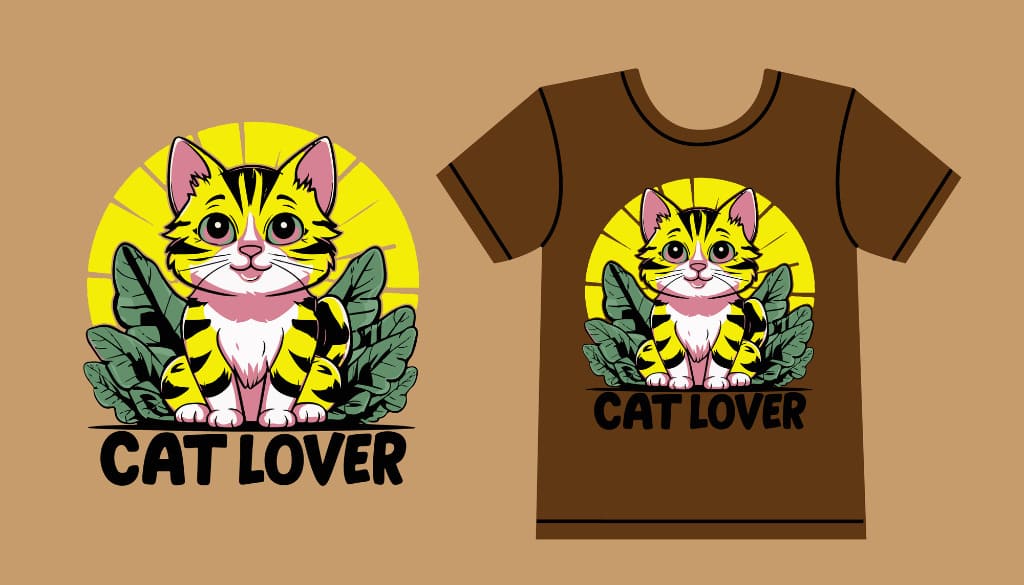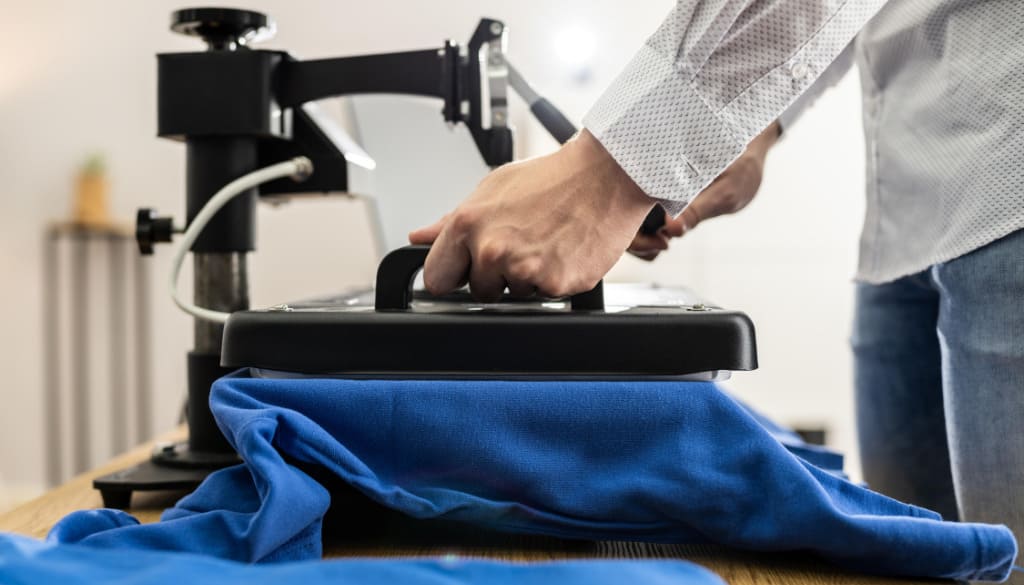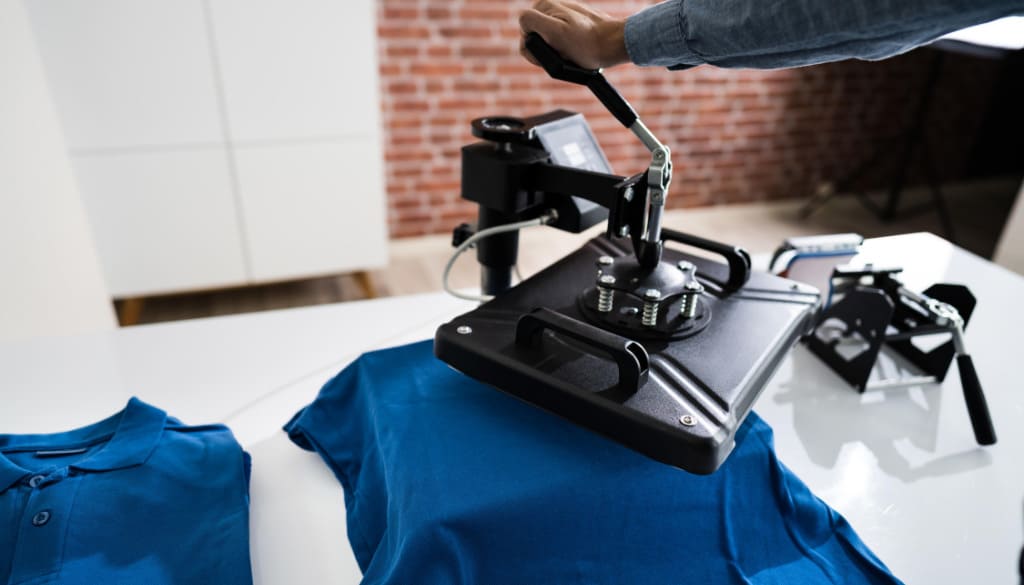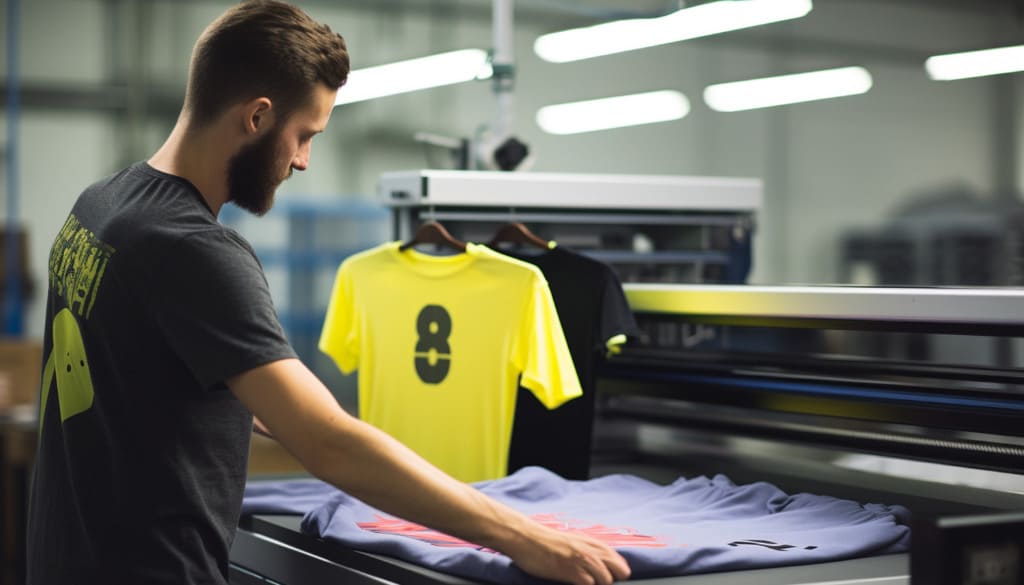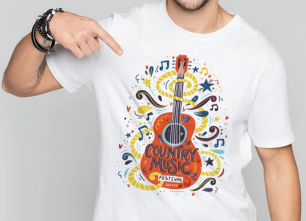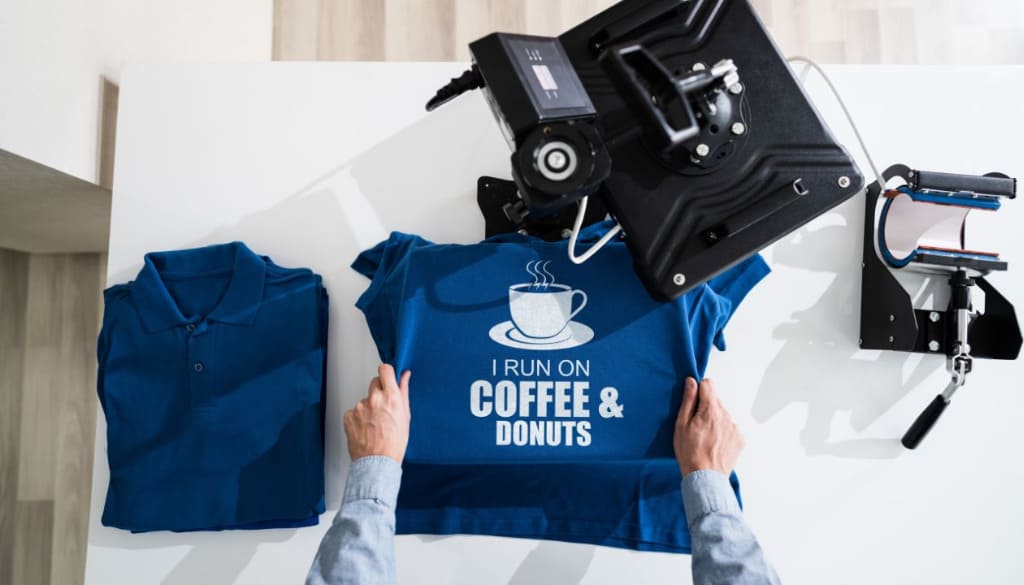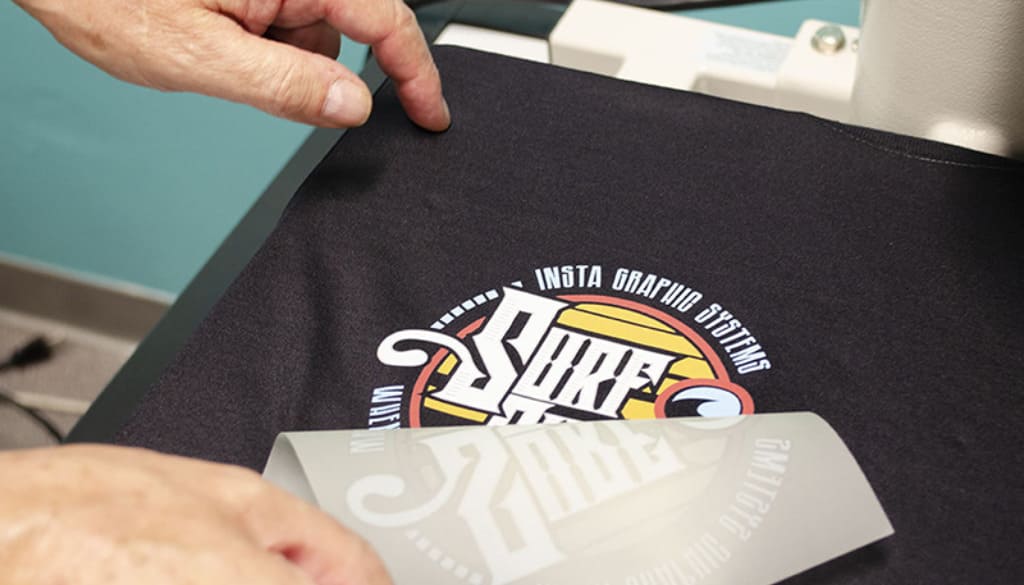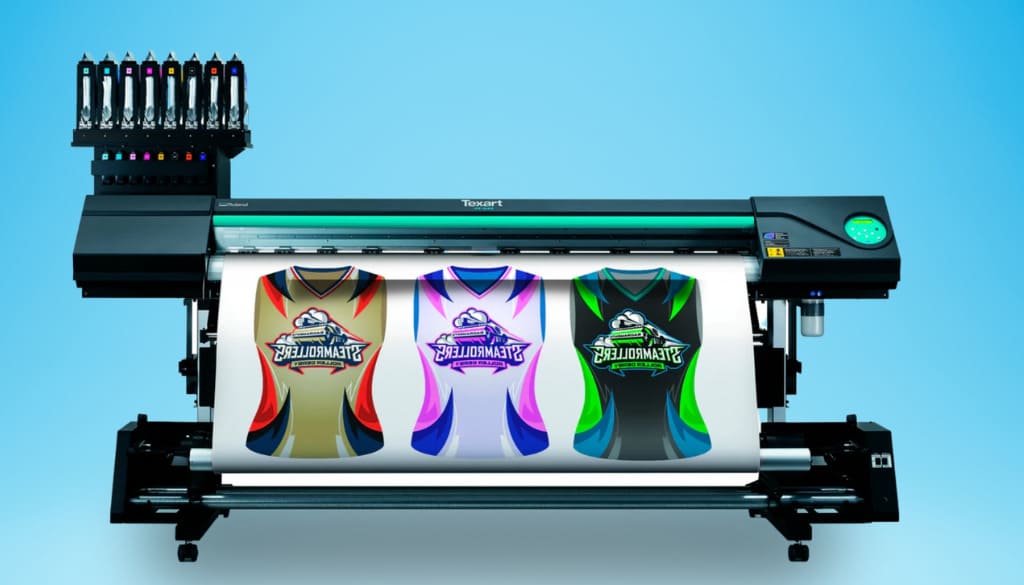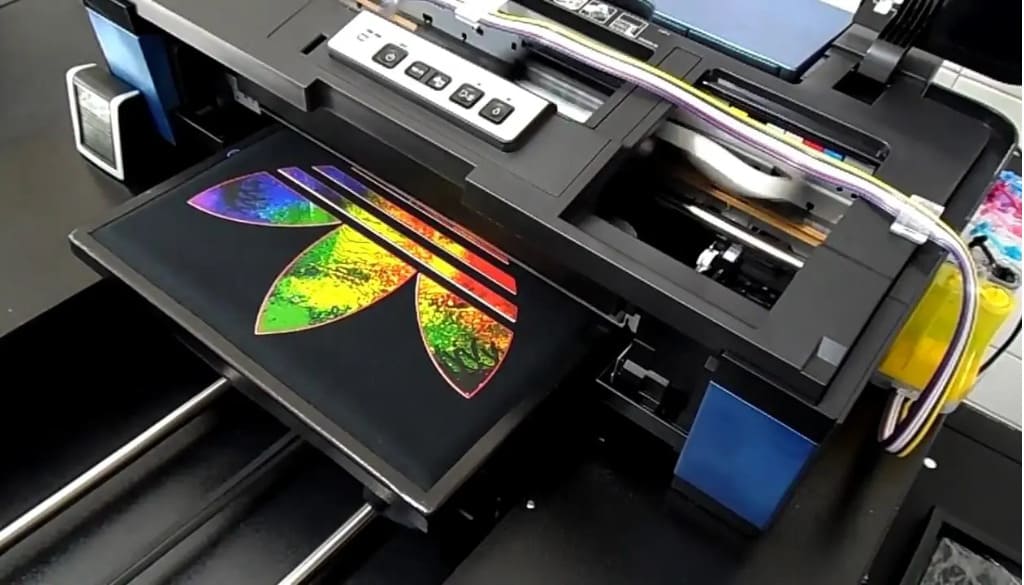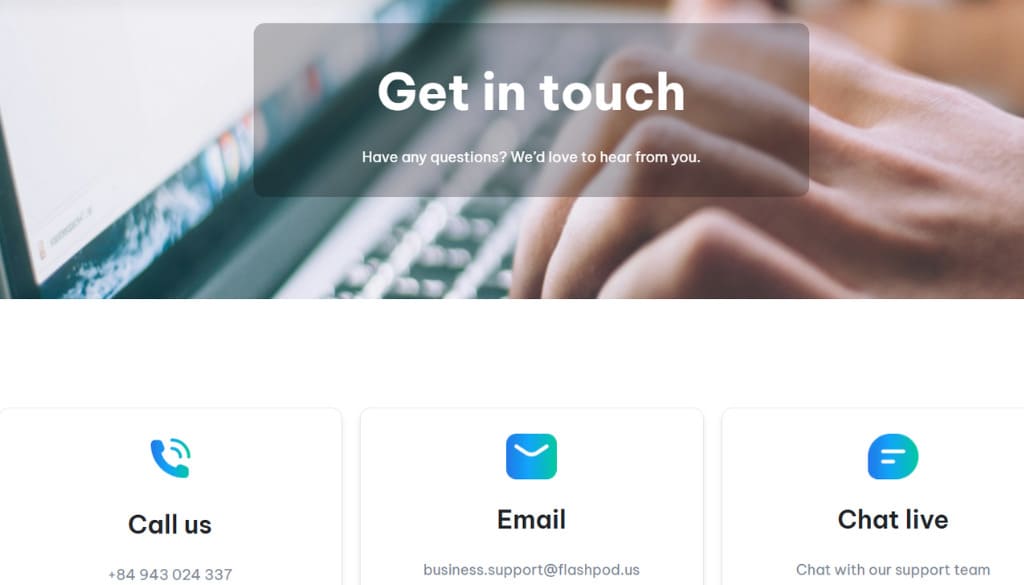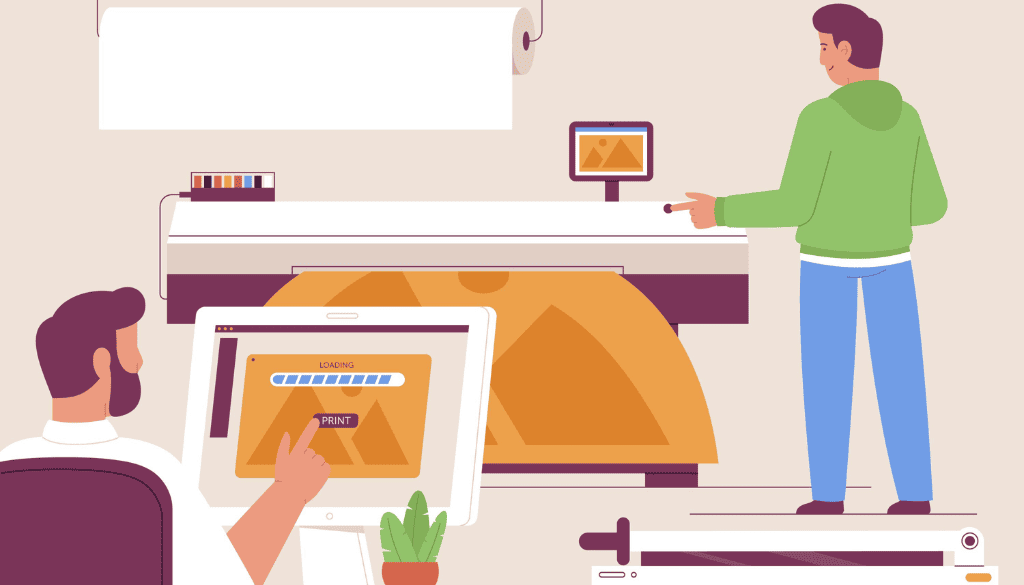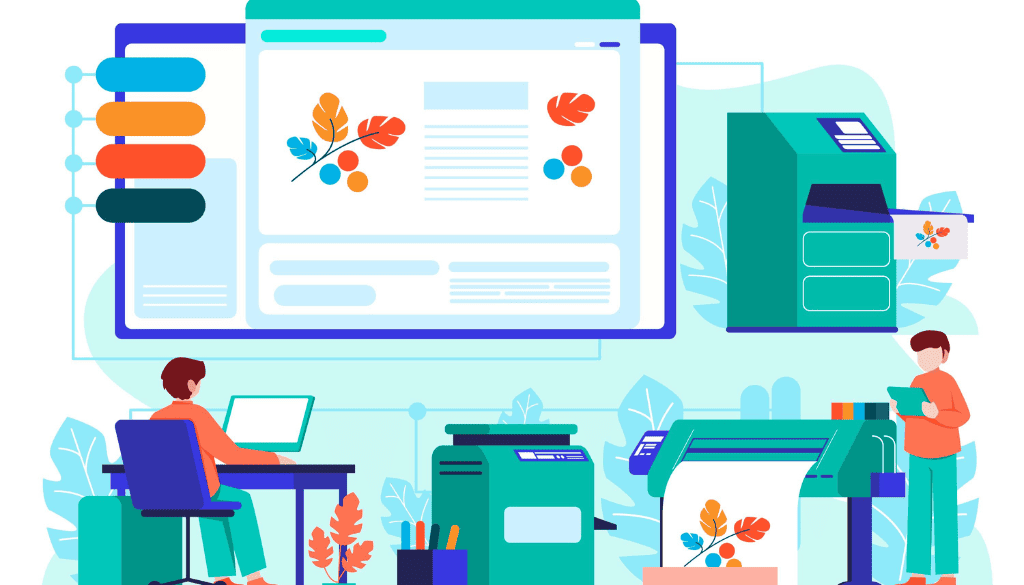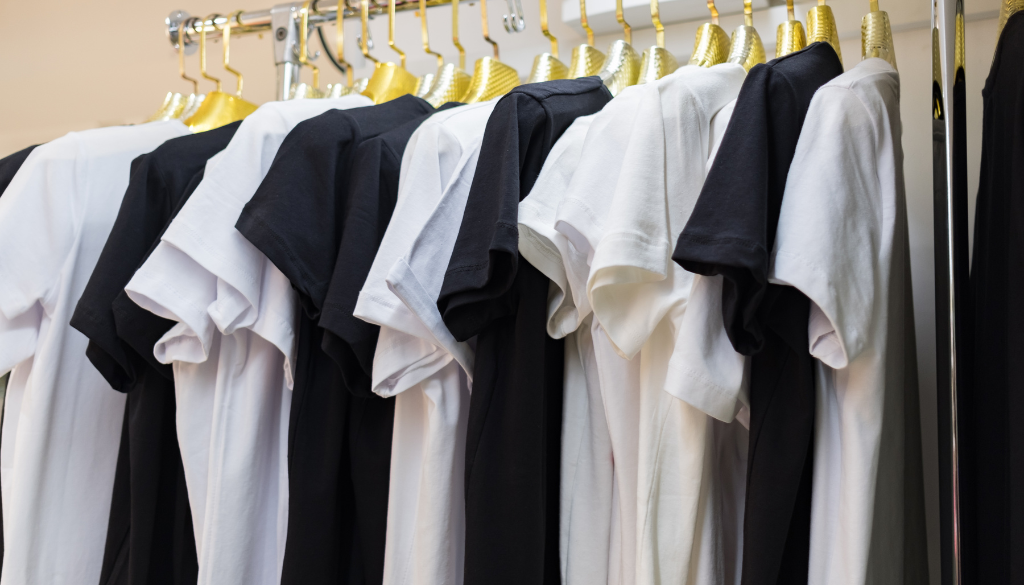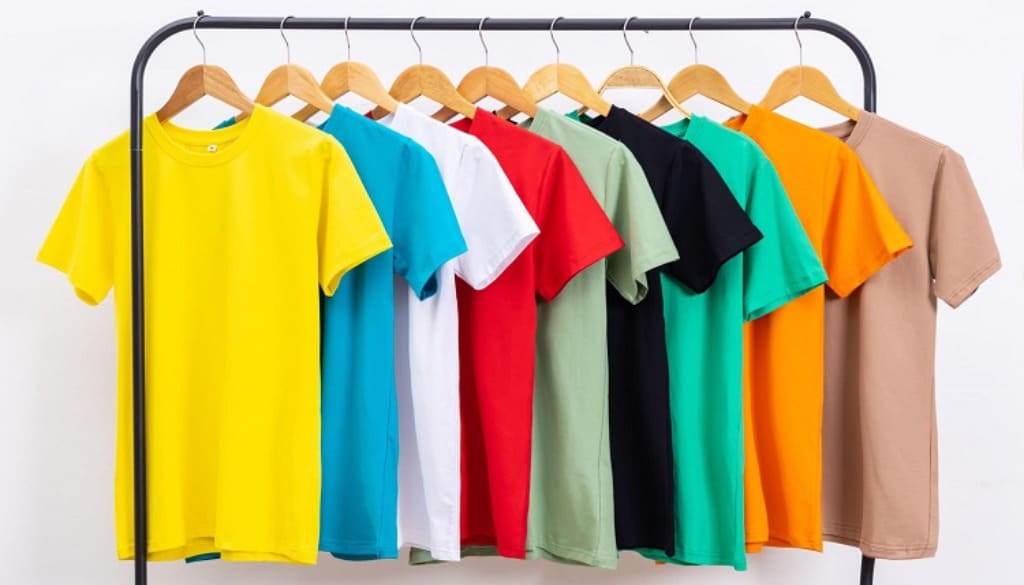In the Print on Demand (POD) industry, T-shirts are considered the “backbone product” that helps sellers start easily, test ideas quickly, and build a sustainable brand. Not only do they account for the largest share of POD revenue, but the T-shirt blanks also determine print quality, customer experience, and repeat purchase rates.
This article will help you understand why T-shirts are the core product of the POD business, how to choose the right blank for your niche, compare today’s most popular T-shirt brands, and forecast 2025 blank trends so sellers can proactively seize new business opportunities.
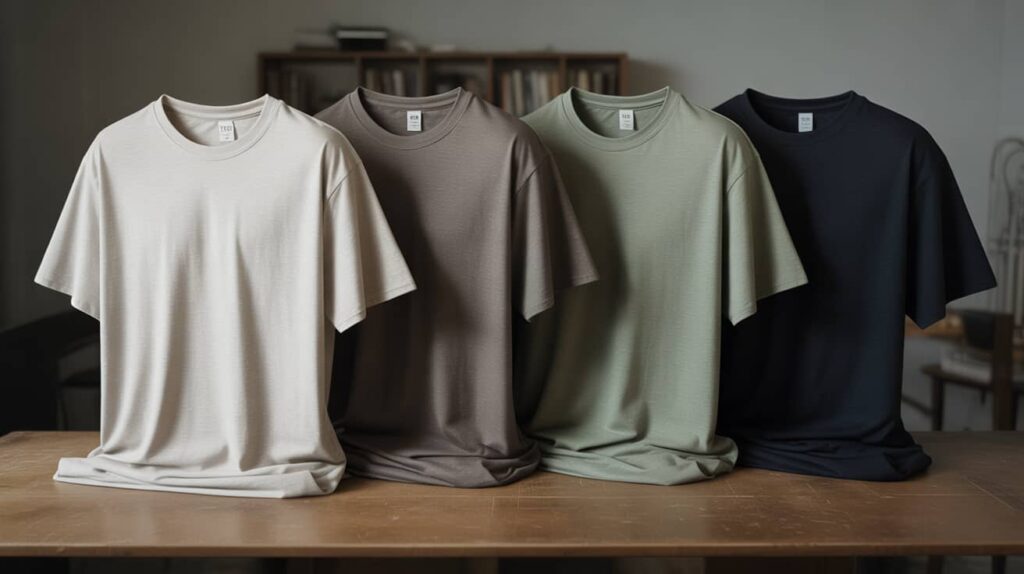
Why T-Shirt Blanks Are the “Core Product” of POD
In Print on Demand (POD), the T-shirt blank isn’t just a part of the product it is the product itself.
The Absolute Foundation for Print Quality (DTG & DTF)
This is the most critical technical factor. The two most common printing technologies today are Direct-to-Garment (DTG) and Digital Transfer Film (DTF).
For DTG printing: This technology sprays water-based ink directly into the fabric fibers. If the shirt surface isn’t smooth, has fibrillation (loose fibers), or isn’t made of 100% cotton, the print will appear patchy, dull in color, and prone to peeling. A high-quality blank (such as 100% Ring-Spun Cotton) allows the ink to penetrate deeply, producing vibrant, sharp, and long-lasting prints.
For DTF printing: Although DTF can be applied to a wider range of materials, the quality of the shirt blank still affects the final feel. A thin, low-quality shirt may shrink or feel stiff like a “plastic patch” after heat pressing the DTF film. A better blank integrates the printed film more smoothly and naturally, resulting in a softer and more premium finish.
The “Face” of Your Brand and Its Value Positioning
Would your customers pay $30 for a Gildan 5000 (a basic line)? Possibly, but they probably wouldn’t come back.
The T-shirt blank you choose defines your brand positioning:
- Budget: Uses thick, boxy shirts → Targets the mass market, event shirts, or low-margin products.
- Premium: Uses soft-style fabrics, modern retail fit, and side seams → Targets niche markets or fashion-forward brands, allows for higher pricing, and helps build a loyal customer base.
Selling a $15 shirt is completely different from selling a $45 one and 90% of that difference comes from the blank you choose.
The Decisive Factor in Customer Experience (Feel & Fit)
This is the emotional factor. When customers open their package, what’s the first thing they do? They touch the shirt.
Feel: Is the fabric soft or rough? Cool or stuffy? Fit: Does the shirt flatter the body? Or does it hang like a shapeless sack with no side seams (tubular fit)?
A shirt that feels great and fits well is one customers will wear again and again. And every time they do, it becomes free advertising for your brand.
Direct Impact on Refund Rate
Let’s do a simple calculation:
- Blank A (Low-cost): Profit $10/shirt – Refund rate 10%
- Blank B (Premium): Costs $3 more – Profit $7/shirt – Refund rate 1%
If you sell 100 shirts:
- Shop A: Earns $1,000, but loses $100 to refunds (10 orders), plus the cost of customer support, lost loyal customers, and negative 1-star reviews. The actual profit is much lower.
- Shop B: Earns $700, keeps nearly all of it, and gains 5-star reviews that build long-term growth momentum.
Investing in better T-shirt blanks isn’t an expense – it’s an investment that reduces risk and increases Customer Lifetime Value (CLV).
Technical Factors That Determine T-Shirt Blank Quality
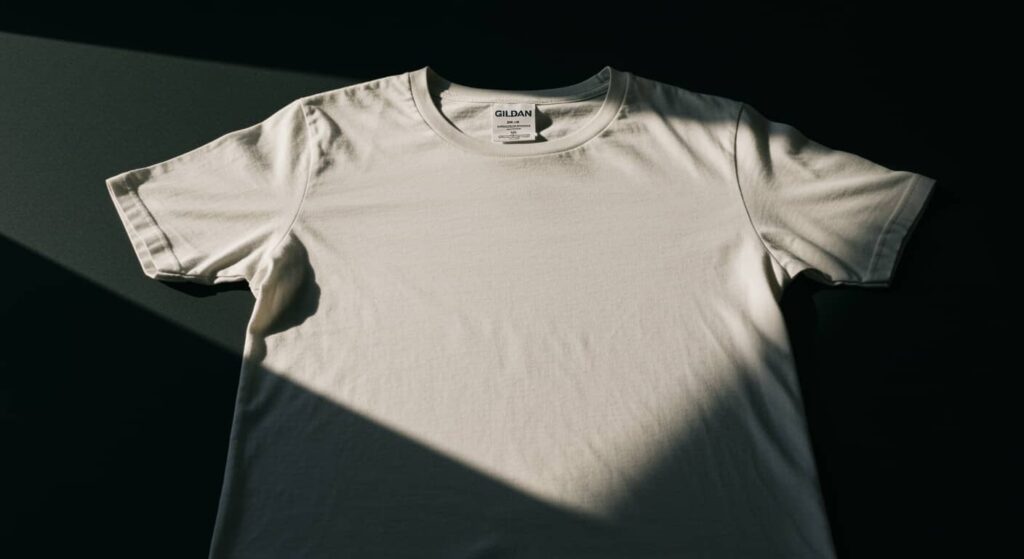
To choose a good T-shirt blank, you need to “speak” the manufacturer’s language. Here are the four key factors you must understand.
Fabrication: Not All Cotton Is Created Equal
This is the most important factor.
- 100% Cotton (Standard): This is regular cotton, made from Carded Open-End yarn. It’s durable and affordable but has a rougher texture with visible fibers and a slightly stiff feel. Commonly used in basic blanks like the Gildan 5000.
- 100% Ring-Spun Cotton (Essential for DTG): This is the gold standard for POD. The cotton fibers are continuously twisted and spun to create longer, finer, and stronger threads.
- Advantages: Extremely smooth surface, minimal fuzz, ideal for DTG ink adhesion. Feels noticeably softer to wear.
- Examples: Gildan 64000 (Softstyle), Bella + Canvas 3001 (which takes it even further).
- 100% Combed & Ring-Spun Cotton (Premium): The “VIP” version of Ring-Spun Cotton. Before spinning, the fibers are combed to remove short threads and impurities.
- Result: The softest, smoothest, cleanest, and most durable cotton fabric available. That’s why Bella + Canvas 3001 (Airlume Cotton) is so highly regarded among sellers.
- Cotton/Poly Blends (50/50, 60/40…): A mix of cotton and polyester fibers.
- Pros: Ultra-soft, lightweight, wrinkle-resistant, and creates a beautiful heather (salt-and-pepper) effect.
- Cons: DTG prints on poly blends tend to look faded or “vintage” because DTG ink only adheres to the cotton fibers. To achieve vibrant colors on poly fabrics, you’ll need DTF printing instead.
- Tri-Blends: A combination of three fibers (usually cotton, polyester, and rayon). This is the softest fabric on the market but also the most delicate. It’s more expensive and requires careful handling and the right printing method to achieve optimal results.
Fabric Weight (GSM or oz)
Fabric weight refers to the mass of the fabric per square meter (GSM – Grams per Square Meter). Many people assume that “the heavier, the better,” but that’s not necessarily true.
- Lightweight: Below 150 GSM (around 4.5 oz)
- Pros: Cool, soft, and generally more affordable.
- Cons: May be thin or slightly see-through, especially in lighter colors.
- Best for: Summer wear and lifestyle apparel.
- Midweight: 160–190 GSM (5.0–5.6 oz)
- This is the most common and balanced range, offering the perfect combination of durability, comfort, and substance.
- Examples: Gildan 5000, Comfort Colors 1717 (slightly heavier).
- Heavyweight: Above 200 GSM (6.0 oz or more)
- Pros: Extremely durable, structured silhouette, premium hand feel ideal for streetwear and high-end styles.
- Cons: Can feel hot or stiff (especially if not Ring-Spun cotton).
- Examples: AS Colour Block Tee, Hanes Beefy-T.
Construction: Side-Seamed vs. Tubular
This is a critical detail that 90% of new sellers overlook.
- Tubular (No Side Seams):
- How it’s made: The shirt is knitted as a continuous tube of fabric, then cut at the neck and sleeves. This method is faster and cheaper to produce.
- Result: The shirt lacks structure, has a boxy fit, and tends to twist or lose shape after washing.
- Example: Most basic Gildan lines.
- Side-Seamed (With Side Seams):
- How it’s made: The manufacturer cuts the front and back panels separately, then stitches them together along both sides similar to tailoring a suit.
- Result: The shirt has a 3D structure that contours to the body, creating a premium and more flattering retail fit.
- Examples: All Bella + Canvas models, AS Colour.
Finishing Details
- Collar: Does the collar have double-needle stitching? Is the ribbed neckline elastic enough to maintain its shape over time?
- Tag: Does the shirt use a sewn-in tag or a tear-away tag? Tear-away tags are the standard for POD because they allow sellers to easily rebrand (print their own logo) without manually cutting labels.
- Fabric Treatment: Has the fabric been enzyme-washed for extra softness, or garment-dyed to achieve a unique vintage look and feel?
Origin & Brand of the Blank
Sellers should always choose authentic blanks with verified origin certificates and avoid unbranded or uncertified products. Major trusted brands include Gildan, Bella+Canvas, Comfort Colors, and others.
Comparison of Top Popular POD T-Shirt Blank Brands
In the POD ecosystem, three “staple” names used by nearly every seller are Gildan, Bella+Canvas, and Comfort Colors. In addition, Colortone is also gaining attention with its 2025 tie-dye trend line.
| Brand | Signature Model | Fabric Feel | Fit Type | Construction | Best For |
| Gildan | G5000 | Durable, slightly rough | Classic / Boxy | Tubular | Events, Budget Products |
| Gildan | G64000 | Soft, lightweight | Modern Classic | Tubular | Step-up from G5000 |
| Bella + Canvas | 3001 | Ultra-soft, lightweight | Retail Fit (Slim & Modern) | Side-Seamed | Fashion & Premium Brands |
| Comfort Colors | C1717 | Soft, heavy, garment-dyed feel | Classic / Relaxed | Tubular | Vintage, Retro, Niche Markets |
| AS Colour | Staple / Block Tee | Smooth, heavy, premium texture | Retail / Streetwear | Side-Seamed | High-End Streetwear & Premium Brands |
T-Shirt Blank Trends 2025: The “Golden Key” to POD Success
In the world of POD 2025, a great design is only 50% of the game. The other 50% and the factor that truly determines whether customers come back lies in the quality of your T-shirt blanks.
Today’s customers are more discerning than ever. They’re not just buying a printed design; they’re buying an experience. Understanding and adapting to T-shirt blank trends in 2025 is no longer a choice it’s a must for every seller who wants to survive and scale profitably.
Below are the four most important T-shirt blank trends of 2025 that every POD seller should update and act on right away.
“Green Fashion” Trend: Organic & Recycled
Sustainability is no longer a luxury buzzword it has become a core requirement, especially in demanding markets like the U.S. and Europe. Consumers are increasingly willing to pay a premium for environmentally friendly products. They actively search for keywords such as “Organic Cotton” or “Recycled Materials.”
Leading brands like Stanley/Stella, Bella+Canvas Eco Line, and AS Colour Organic Series are seeing remarkable growth thanks to this shift.
Tip for Sellers: Don’t see this as a cost see it as an investment. Start adding organic cotton or recycled polyester blend blanks to your catalog early. Highlight the eco-fashion factor in your product descriptions and marketing campaigns to stay on trend, elevate your brand value, and achieve higher profit margins.
The Rise of Vintage: Tie-Dye, Washed & Pigment-Dyed
2025 continues to be the year of nostalgia-inspired fashion. Customers no longer want a stiff, “brand-new” shirt they want one with character, a piece that feels like it’s already been loved for years.
- Dyeing effects such as pigment-dyed, washed, and tie-dye are surging in popularity and driving strong sales growth.
- The true “stars” of this trend are Comfort Colors 1717 and Colortone 1300, both creating that highly desired real – worn – retro look. These styles are especially popular on aesthetic-driven platforms like Etsy and TikTok, where authenticity and visual storytelling reign.
The Rise of Oversized & Streetwear Fits
Forget the basic “unisex fit” tees the younger generation, especially the 18–30 age group in the U.S., has fully embraced the streetwear aesthetic. They’re looking for oversized and boxy silhouettes made from heavy cotton (dense, weighty fabric typically ranging from 6–7 oz).
- Lightweight tees instantly feel outdated in this segment.
- Tip for Sellers: Now is the time to expand your catalog. Consider adding dedicated streetwear blanks such as Gildan Hammer (H000), AS Colour 5005 (Block Tee), or Comfort Colors 1717. These options are key to attracting younger customers and positioning your products at a higher price point.
The Foundation of Emotion: A Good Blank Delivers a Good Design
The final and most important trend: POD buyers aren’t just looking for a “nice shirt.” They’re looking for connection. They buy a quote, a meme, a feeling, or a symbol that represents their niche culture and identity.
Your design might be emotionally powerful, but if it’s printed on a cheap, rough, or poorly fitting blank, the entire message falls apart.
A high-quality, soft T-shirt blank with a sharp, vibrant print is the only true foundation for conveying your design’s emotion in full.
Don’t let a $2–3 difference in blank cost cost you a 5-star customer.
Choosing and implementing eco-friendly printing methods is no longer just a short-term trend it has become a long-term strategy that helps POD sellers enhance product quality, attract environmentally conscious customers, and build a sustainable brand. A green printing process delivers a double benefit: protecting the planet while increasing business profitability.
If you’re looking for a reliable POD fulfillment partner to accompany you on the path toward sustainable business growth, FlashShip is the top choice. With comprehensive solutions covering eco-friendly printing, quality control, packaging, and fast shipping (from just 2 business days), FlashShip helps sellers optimize costs, shorten order processing time, and scale their business efficiently in the U.S. market.
For more details or to create a FlashShip account, please contact our hotline at (+84) 943 024 337 or visit seller.FlashShip.net for dedicated support from the FlashShip team.
